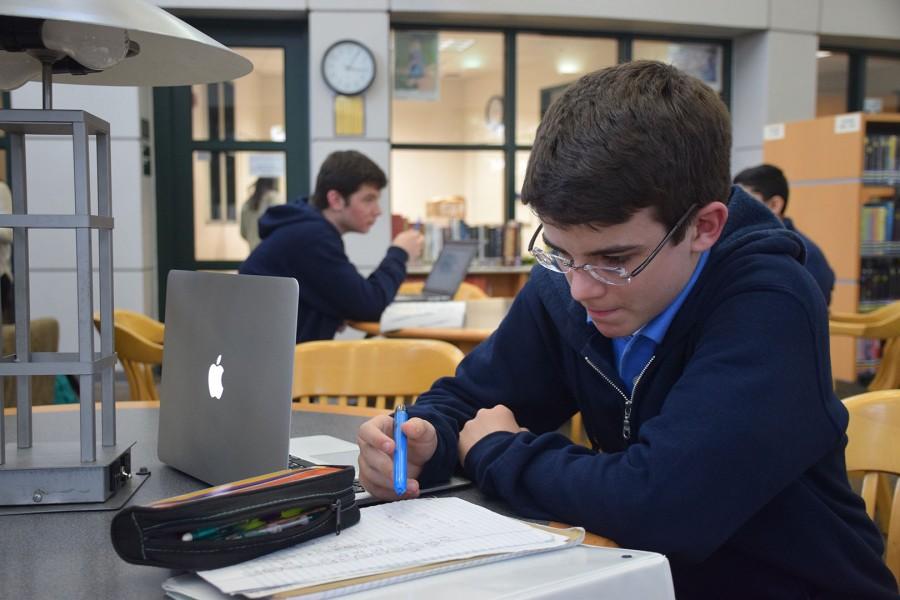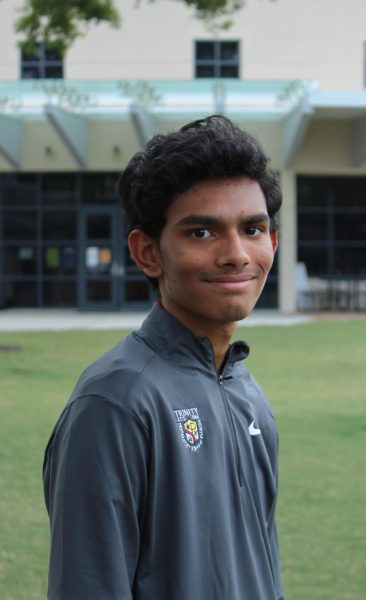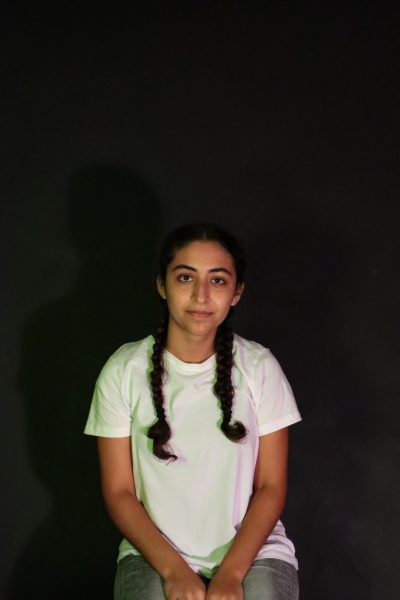According to the U.S. Bureau of Labor Statistics, the median annual income for science, technology, engineering and math (STEM) occupations is over double the national average across all disciplines, with such positions expecting an 11% increase in the workforce by 2032. As students enter a future dominated by STEM, it’s imperative that schools work overtime to set them up for success in these fields.
“Some version of those [STEM] disciplines make you well-rounded, capable and able to move through life at its most sophisticated,” Head of School Byron Lawson said in a February 2023 podcast. “You are talking about students who have access to the greatest careers and/or leadership opportunities that the world has to offer.”
Trinity is well on its way to realizing that goal, with a phenomenal math department and now the upcoming Nochur Sankar Science Center. But there’s still more that must be done if it wants to embrace its potential as a STEM powerhouse.
SCIENCE CURRICULUM
Science department chair Dr. Romina Jannotti has found that students lack adequate exposure to the physical sciences.
“Our graduation requirements only force you to take biology, and everything else is your choice,” Jannotti said. “So unfortunately, there’s a lot of students who think that the physical sciences aren’t important. For me, it’s like a tripod [of biology, chemistry and physics]: A tripod has three legs. If one of those legs isn’t there, it doesn’t stand.”
Physics is an intimidating subject, so many students may choose not to take it unless forced. This is definitely the case at Trinity, where only 65% of the Class of 2022 graduated with physics on their transcript, compared to 100% with biology and around 95% with chemistry, according to Jannotti.
Class of 2023 alum Seth Brunner attends the Georgia Institute of Technology and is majoring in math and physics. He took AP Physics 1 and 2 at Trinity and wanted to continue with AP Physics C, which would only be offered with enough student interest. He tried for years to find peers who would take it with him but was ultimately forced to self-study for the exam.
“It definitely is a problem that there’s not really much interest in physics,” Brunner said. “Which is part of the reason Physics C wasn’t taught for a while, because it’s just a waste of resources.”
This phenomenon is not exclusive to Trinity. The American Institute of Physics found in 2019 that only 42% of graduating seniors had taken one or more physics courses. Though that rate is much higher at Trinity, Jannotti won’t be satisfied until it’s at 100%.
“When you’re a science major, the first thing that you do is a year-long sequence in [biology, chemistry and physics],” Jannotti said. “And then afterwards when you want to specialize in something, you take a semester on immunology, you take a semester on microbiology. I want to emulate that.”
According to Director of Learning and Instruction Dr. Stephanie Dryden, new courses go through a rigorous review phase by the curriculum committee, as do changes to graduation requirements, so codifying that tripod may be a difficult process. Still, progress is being made. Recently, the Physics of Art elective was introduced for students who may not want to take an intensive, math-heavy course to receive some relaxed STEM experience, and other changes are in the works.
“We are reviewing our graduation requirements and starting to think about what’s best for our students,” Dryden said. “There’s a lot of different things that we’re exploring, and some potential additions to the curriculum that I think will be really, really exciting.”
TECHNOLOGY & ENGINEERING
The computer science — now Applied Science & Engineering (ASE) — department has undergone some great developments since the arrival of current department chair Alex Podchaski in 2022. The courses have been streamlined to create more focused paths, and programs like cybersecurity and robotics are receiving well-deserved expansions.
Still, it has room for growth. Senior Ben Pringle is planning to major in computer science and has participated fervently in programming and robotics over the last four years.
“As somebody who’s very interested in computer science, I’d want [the ASE department] to expand,” Pringle said. “I think compared to the rest of the departments it’s very small.”
Moreover, only half a credit of ASE is required for graduation. With this lack of emphasis, students may fail to see its value. And if few students take coursework in the department, it has no reason to expand.
BEYOND THE CLASSROOM
Improving the academic curriculum is just a start, because STEM extends far outside the classroom and into extracurriculars. Competitions like the yearly Ying Expo provide invaluable scientific experience, but they suffer from low student participation. Almost all the expo’s entrants come from the Independent Research class, which totals only around 10 students.
“There are a couple of students that will do Ying independently, but you can count them on one hand,” Jannotti said. “And there certainly isn’t as much middle school participation as I would like.”
This lack of middle school engagement is concerning, as those who get involved early on are more likely to mature into active participants. If Trinity wants to cultivate large high school programs, it should look toward making these activities more accessible to younger students. Pringle agrees that doing so could boost membership on the robotics team.
“You just need more people that are interested in [robotics],” Pringle said. “Part of that might be that I’m not sure how many people at the school know we have a robotics team.”
This publicity problem goes beyond just robotics. For instance, only a handful of students know that Trinity offers the Biology and Chemistry Olympiads, and these students have to personally recruit others. But that job should lie with the school, not on the shoulders of individual students.
Podchaski recognizes this and is working to call attention to his department in various ways, including a student-run podcast titled “Burst of STEAM” highlighting Trinity’s accomplishments in the technological field.
“The goal is to create the opportunities for students to find ways to make an impact,” Podchaski said. “Because there’s a tremendous amount of learning going on, whether you’re doing programming, robotics, engineering, any of that drives your learning. The more we can get you interested in driving your learning, the better off you’re going to be.”
The impact of his vision has already been seen with competitive successes, and that’s without the facilities of the Sankar Science Center. The new building will undoubtedly help accomplish Podchaski, Jannotti and Dryden’s combined goals.
“Once we have the new lab spaces, then there’s all kinds of exciting stuff that can become possible,” Dryden said. “And we’re in what I would call the ideation phase of it, where we’re dreaming and imagining. After the building’s built and after we’re in, then we can really think in concrete ways.”
This project is a huge step in the right direction, and as long as Trinity continues on that trajectory, the future is bright.
“I think we’re on the right path,” Jannotti said. “I think that we have a really strong student base here at Trinity with really talented students. And I would like to have a curriculum that pushes them to their capacity so that when they leave here like that, they can master anywhere they go.”












